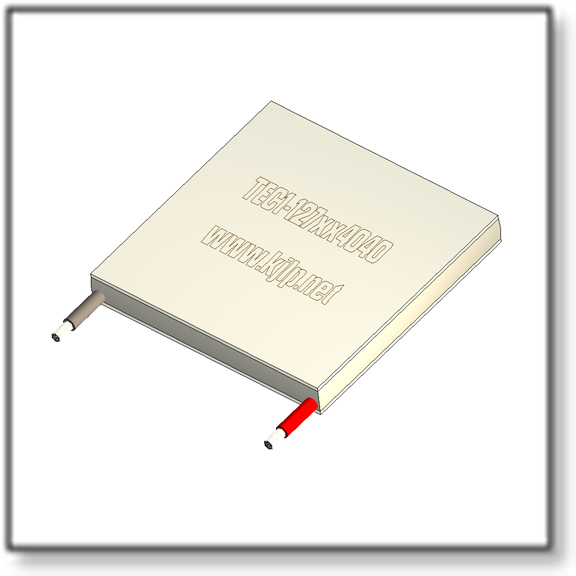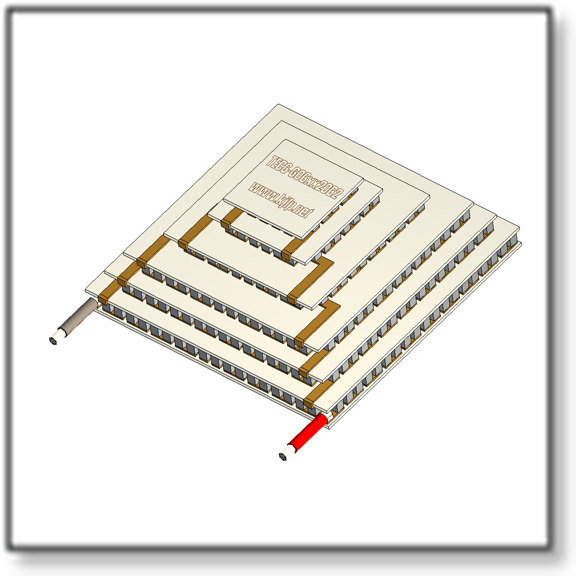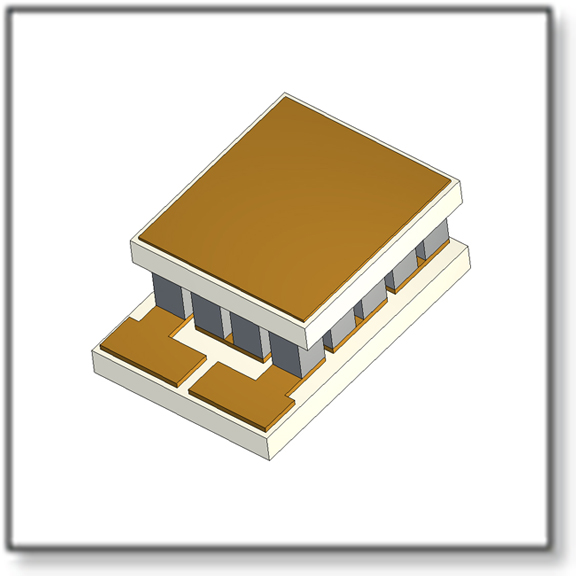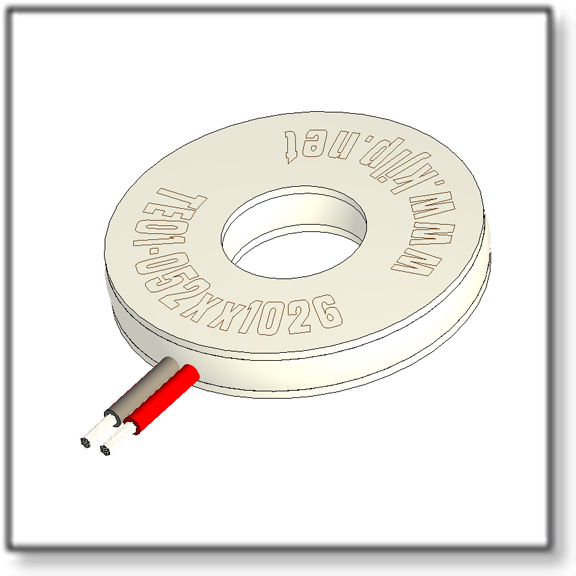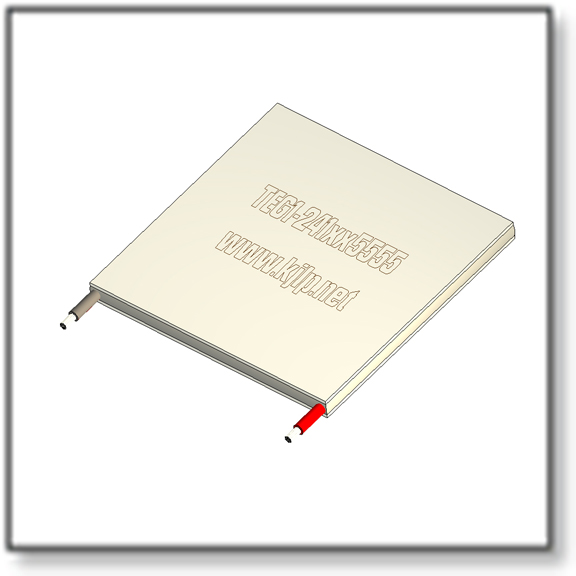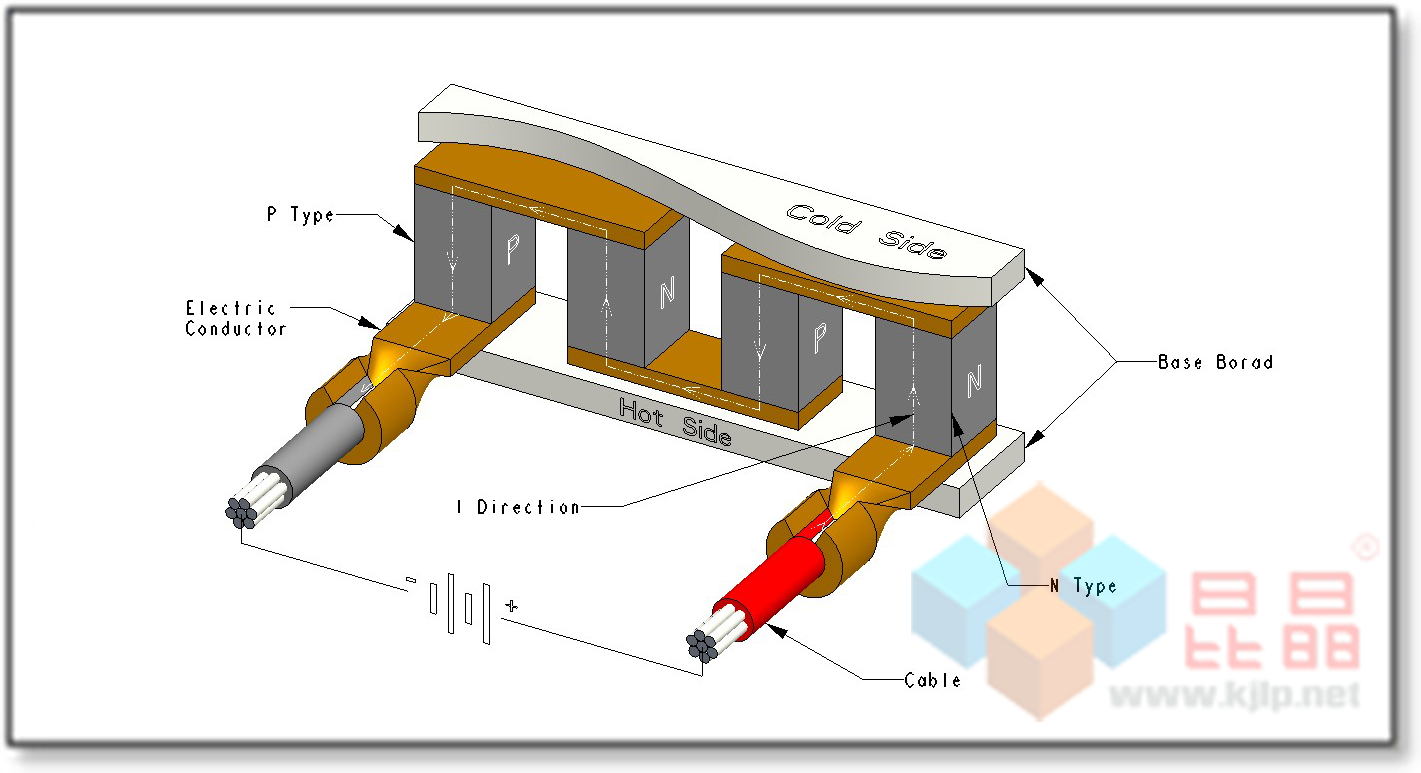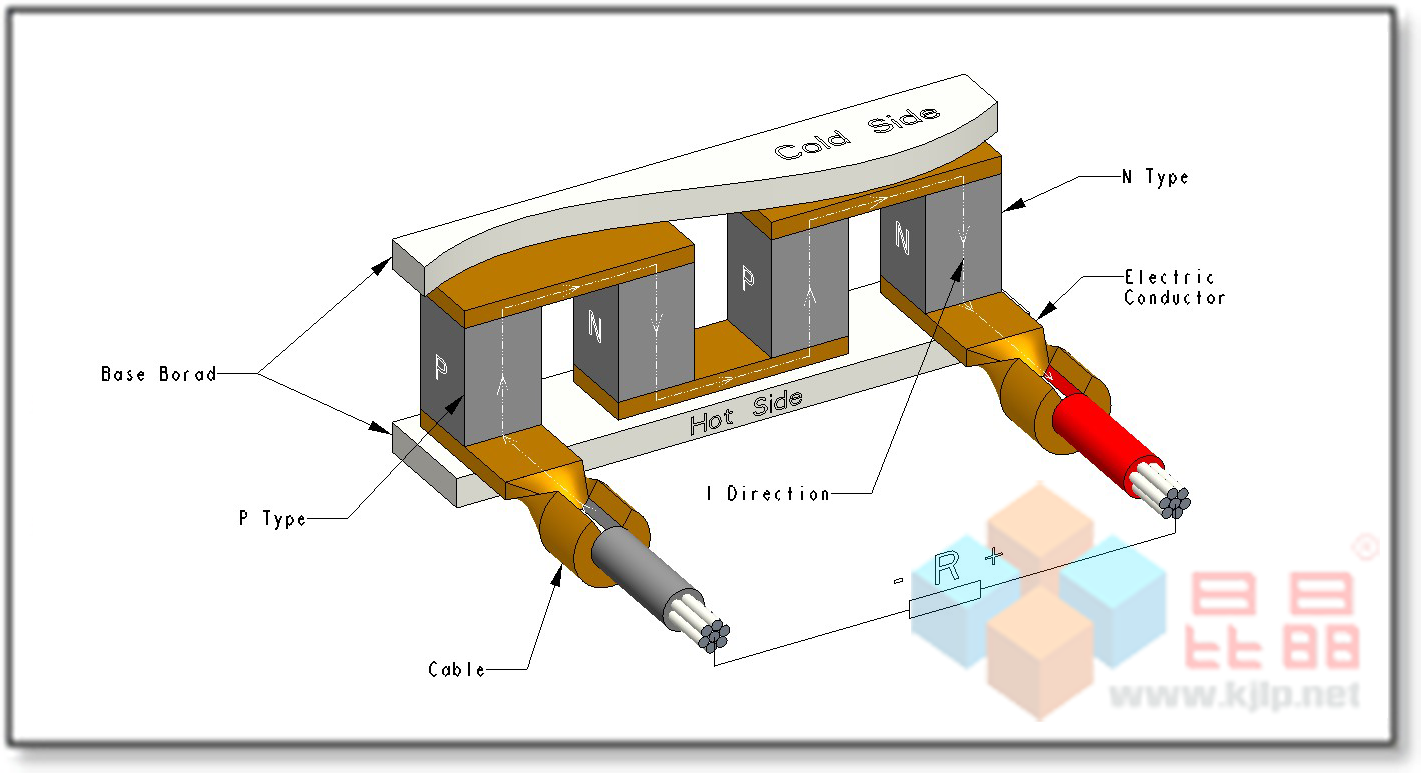|
中文 I About Us I Products I Tech Support I Contact Us--- |
|
||||||||||||||||||||||||||||||||||||||||||||||
中文 I About Us I Products I Tech Support I Contact Us--
|
粤ICP备09171457号Copyright © KJLP (SHENZHEN) ELECTRONICS CO., LTD All Right Reserved
|
半导体 半导体致冷片 致冷片 半导体制冷片 制冷片 半导体冷热二极体 冷热二极体 半导体发电片 发电片 半导体冷凝片 冷凝片 半导体珀尔贴 珀尔贴 半导体帕耳贴 帕耳贴 半导体温差电致冷组件 温差电致冷组件 昆晶 昆晶冷片 全球专业半导体致冷片制造商 好冷片?昆晶造 全球专业半导体制冷片制造商 TEC1 TEC2 TEC3 TEC4 TEC5 TEC6 TES1 TEO1 TEG1 TECCHIP PELTIERCHIP Thermoelectric Chip Thermoelectric Cooler Peltier modules Peltier Cooler Good Peltier Module made of KJLP! www.kjlp.net kjlp.net www.kjlp.net.cn kjlp.net.cn www.致冷片.com 致冷片.com www.peltiertec.net peltiertec.net m.peltierte..net |




